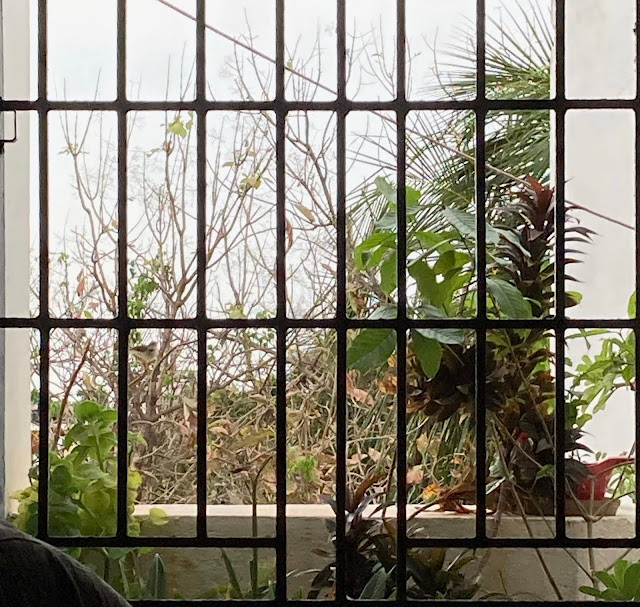Posts
Showing posts from June, 2021
Posted by
flowergirl
From Mandaveli to Mahabalipuram: How the ashy woodswallow receded from urban spaces - The Hindu
- Get link
- X
- Other Apps
Posted by
flowergirl
Takeaway food and drink litter dominates ocean plastic, study shows | Plastics | The Guardian
- Get link
- X
- Other Apps


